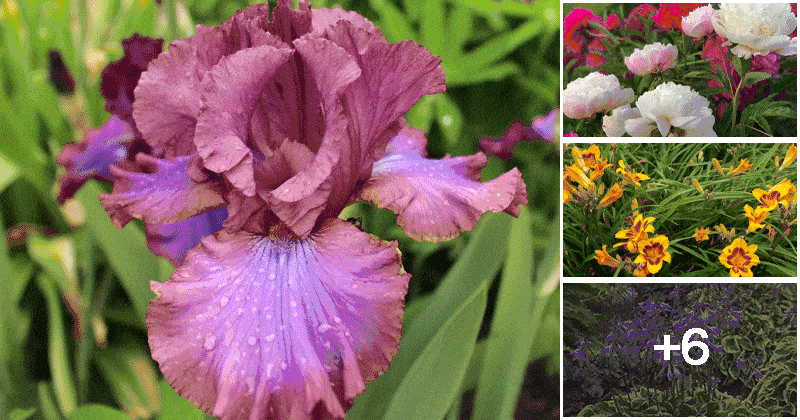To keep your garden looking beautiful, you should trim back some perennials in the fall is actually a good thing. Cutting back perennials isn’t absolutely vital, but it improves the health of your plants and can improve yields or flowering. But not all perennials should be cut back, here are 10 Perennial Flowers That Should Be Cut Back in Fall Season.
Year after year, these plants can grow back but that doesn’t mean that the growth will stick through all seasons. Even, they also get diseases that can infect the plant right down to the root level. And the bad result as you can imagine, it isn’t good things for your garden’s well-being. That is the reason why you should keep your perennials well-trimmed to help them keep growing back bigger and healthier annually for years to come.
#1 Peonies
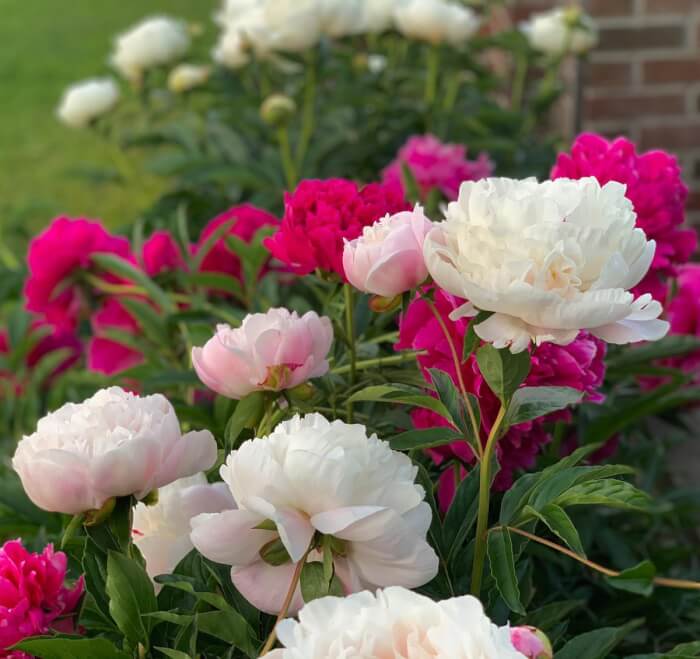
There are some reasons that you should cut back on this flower in the fall. The texture of the dead peony foliage will make it harder to clean up in spring. The plant is susceptible to powdery mildew and botrytis, a fungal disease that blackens the stems and may lead to your peonies not blooming. You should remove peony leaves before the onset of cold weather.
#2 Summer Phlox

Summer Phlox is a late bloomer, it will die back quite late in the season, that also is a good time to trim it back to about three inches above soil level.
#3 Bee Balm
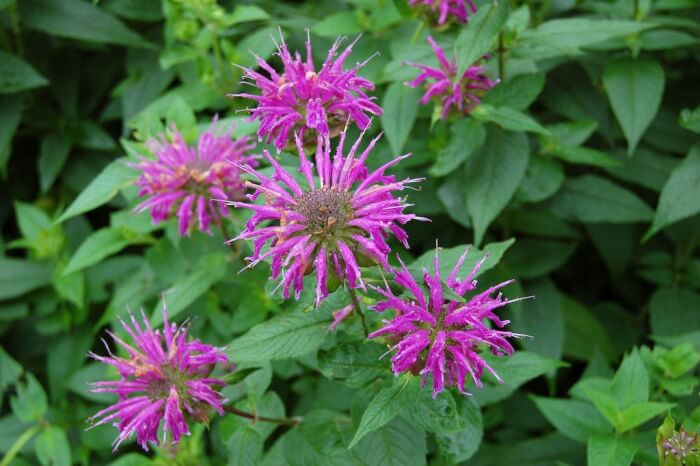
Bee balm should be cut in the fall to divide it as soon as the first frost has passed the following spring. Also, you should deadhead also the spent blooms to encourage the plant to put out more flowers.
#4 Daylilies

The leaves of the Daylilies will turn yellow and look bedraggled as early as October, so the dead leaves should be pruned at about 4 to 6 inches above the crown. When pruned in the fall, they will divide easier them when spring comes around.
#5 Catmint

Catmint should only be pruned in the fall due to when the plant is overcrowded, it is easily prone to developing powdery mildew, it’s best not to wait until spring to prune them. You should trim back the yellowing stems while avoiding the grayish-green ones.
#6 Ligularia
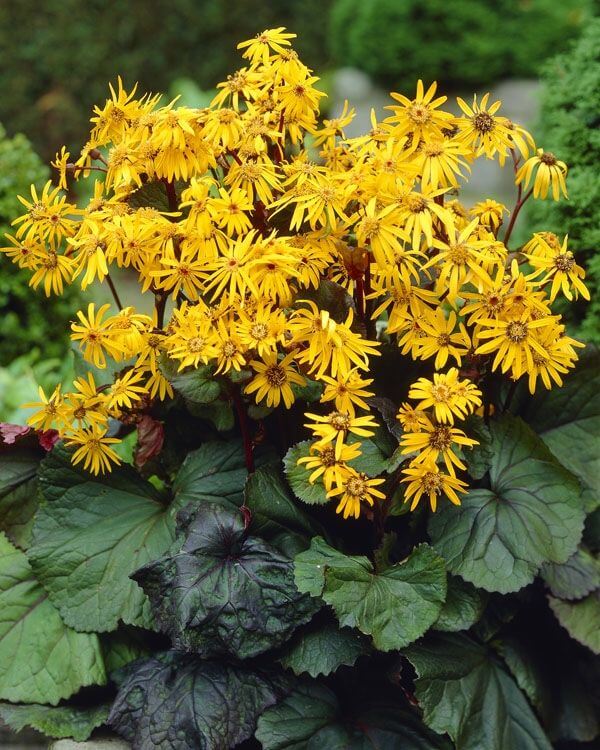
The foliage of the Ligularia will turn brown and mushy after the first frost, so clean up the plant in the fall. If the stalks and the leaves keep their shape after the first frost, they can be pruned to spring.
#7 Hostas
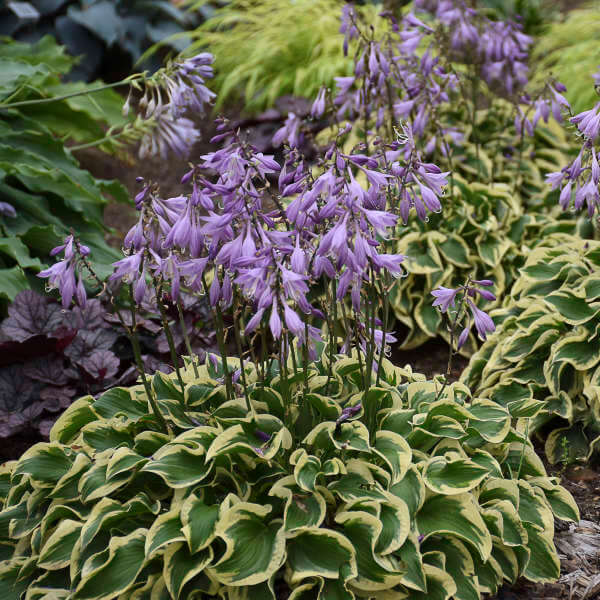
Damaged hosta leaves are ideal places for slug eggs that will overwinter in comfort and wreak havoc on your greenery next summer, then make a sad sight in your garden. You should trim your hostas down to about three inches above the crown as soon as the leaves have turned brown or can wait for the first frost.
#8 Hollyhocks
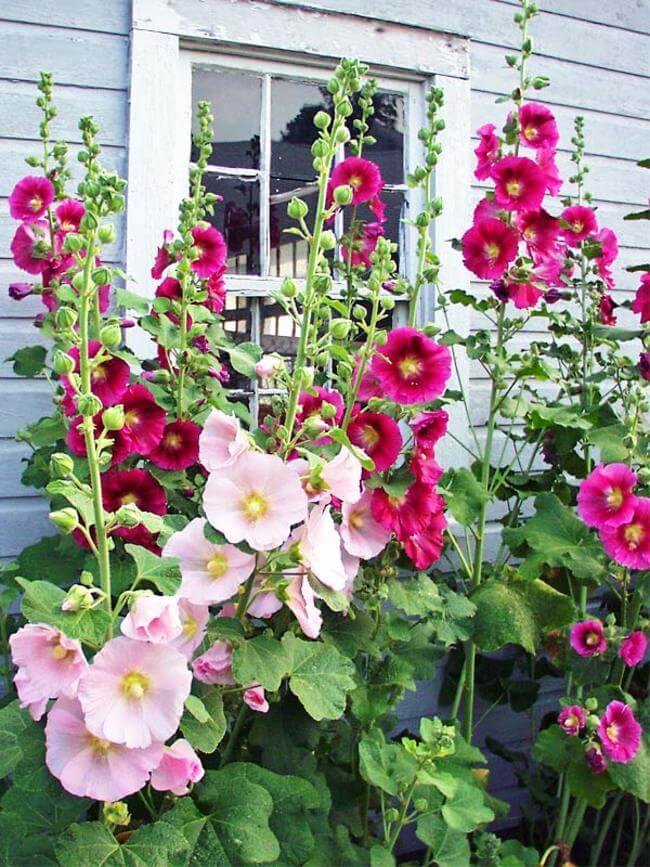
Hollyhocks are one of the most beautiful flowers in the cottage garden, but unfortunately so is hollyhock rust. This fungus manifests as bumpy yellow and brown warts on the underside of the leaves. So, all you need to do is cut them back to about five inches above the soil.
#9 Bearded Irises
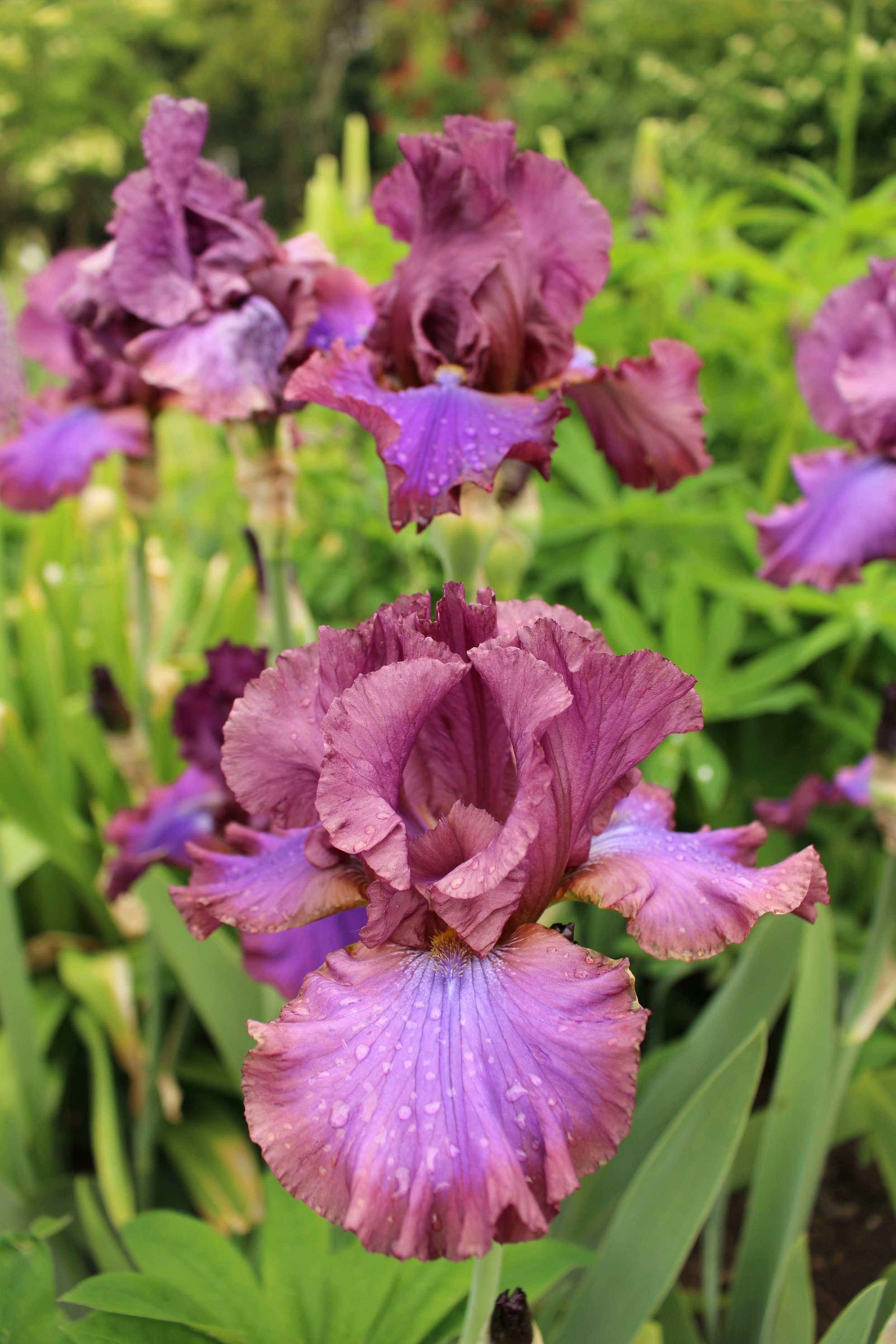
The leaves of the Bearded Irises should be pruned in the fall to keep it disease-free, so when you give the plant a good cleanup during this season, this will help in reducing the chances of it harboring this pest through the winter. Simply, just cut the leaves down to about 6 inches from the crown, don’t forget to remove the dead leaves that may have fallen at the base of the plant.
#10 Yarrow
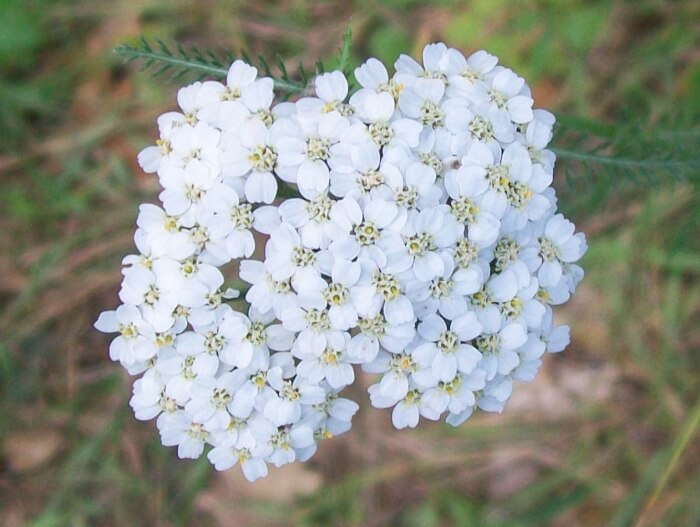
In the fall, you can cut yarrow blooms off to preserve them as dry flower arrangements. When pruning them in the fall, you should try to trim the old stalk down to the basal clump without interfering with the new growth, and can prune yarrow to a couple of inches above soil level.
